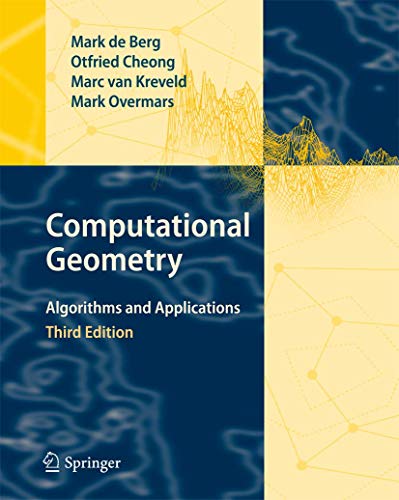Syllabus
Course Overview
We will study theoretical and practical solutions to computational geometry problems found in computer graphics, visualization, vision, robotics, engineering, manufacturing, and geographic information systems. Topics include convex hulls, half-planes, Voronoi diagrams, Delaunay triangulations, binary space partitions, motion planning, visibility, and meshes. Course activities include programming assignments, written homework with proofs of computational complexity, and a term project with presentation.
What you should know before taking Computational Geometry
Prerequisites: CSCI-2300 Intro to Algorithms and CSCI 2600 Principles of Software or permission of instructor.
Everyone in this course should have taken courses in, or have reasonable exposure to, basic calculus, linear algebra (vectors & matrices), data structures, and algorithms.
Learning Outcomes
Students in this course (either CSCI 4560 or CSCI 6560) will:
-
Learn common algorithms and techniques from computational geometry and a variety of real-world applications in multiple disciplines.
-
Analyze the computational complexity of algorithms and techniques from computational geometry.
-
Apply and implement these algorithms to solve new problems related to computational geometry or problems in a new domain related to computational geometry.
-
Read, critique, and discuss the merits of academic papers with their peers.
-
Propose and carry out a creative and relevant term project. They will also write a report and present their own work to their peers.
Additionally, students registered for the graduate section (CSCI 6560) will:
-
Identify possible interdisciplinary connections and synergies between academic papers in computational geometry and research within other subfields of computer science or outside of computer science in other academic fields.
-
Prepare their final project report for submission to a relevant conference or journal.
Textbook & References

|
Primary Textbook "Computational Geometry: Algorithms and Applications", Mark de Berg, Otfried Cheong, Marc van Kreveld, and Mark Overmars, Springer 1997. (pdf) |
-
Additional readings from other textbooks may be assigned.
-
We will also be reading relevant academic research papers from ACM, IEEE, etc.